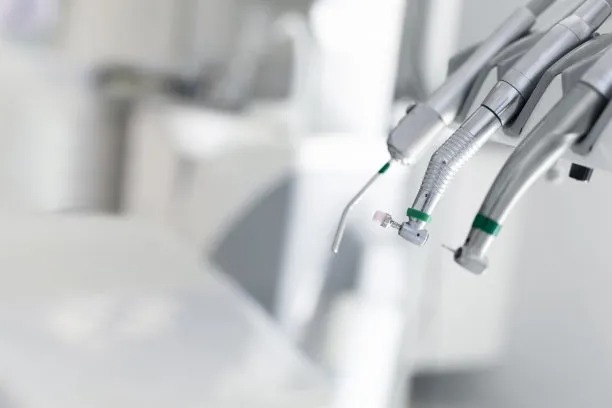Essential Guidelines and Precautions to Consider Before Undergoing a Dental Filling Procedure for Optimal Oral Health
Summary: This article delves into the essential guidelines and precautions to consider before undergoing a dental filling procedure, aiming to enhance optimal oral health. With the advancements in dental technology, filling procedures have become more common, yet patients must arm themselves with vital knowledge to ensure the best outcomes. This piece breaks down four crucial areas: understanding the procedure, choosing the right material, anticipating recovery, and communicating with your dentist, each pivotal for making informed decisions about dental health.
1. Understanding the Dental Filling Procedure

Before undergoing a dental filling procedure, its critical to comprehend what the process entails. A dental filling is typically recommended when decay or damage occurs in a tooth. The dentist first removes the affected portion of the tooth and then cleans the area to prepare it for the filling material.
Patients should also be aware of the different techniques involved in dental fillings, including local anesthesia, which helps to minimize discomfort during the procedure. Engaging in a conversation with your dentist about how the procedure will unfold can ease anxiety and help to set clear expectations.
Additionally, understanding the potential risks involved can empower patients. Complications may arise, from allergic reactions to the filling material to the possibility of infections. Awareness can facilitate better preparation both mentally and physically before the appointment.
2. Choosing the Right Filling Material
Choosing the appropriate filling material is paramount for long-term oral health results. Dental fillings come in various types, including amalgam, composite resins, and porcelain. Each material presents its own set of advantages and disadvantages based on factors such as the location of the filling, aesthetic needs, and budget.
Amalgam is often preferred for its durability, making it suitable for molars. However, those concerned with aesthetics may lean toward composite resins, which closely mimic the natural color of teeth. Discussing these options with a dentist will allow for personalized recommendations that align with specific needs.
Another aspect to consider is the longevity of different materials. Some fillings may require replacement sooner than others, leading to more dental visits and costs. Ensuring you choose a durable option will enhance your oral health efforts in the long run.
3. Anticipating Recovery After the Procedure
The recovery process following a dental filling is an essential aspect to prepare for. Although many patients can resume regular activities immediately, some may experience sensitivity or discomfort in the filled tooth. Being proactive by considering pain management options can significantly improve the recovery experience.
Patients should be informed about the duration of any numbness from the local anesthesia and advised to avoid chewing until it wears off to prevent accidental biting of the cheek or tongue. Understanding this can help avoid unnecessary discomfort during the recovery phase.
Additionally, attending follow-up appointments is vital to monitor the filled tooths condition. Even after a seemingly successful procedure, checking in with your dentist ensures the filling is performing as intended and helps in identifying any unforeseen issues early on.
4. Communication is Key with Your Dentist
Effective communication with your dentist cannot be underestimated when preparing for a dental filling. Patients are encouraged to discuss their medical history and any existing conditions that could impact the procedure. This dialogue provides the dentist with comprehensive insights necessary for tailoring the approach to each patient.
Expressing concerns or fears about the procedure can also lead to better support and accommodations from dental professionals. Whether its anxiety about pain or questions about materials used, discussing these issues can enhance patient comfort.
Further, being open about dental habits, such as flossing and brushing routines, aids dentists in providing personalized advice for future oral health maintenance. This collaborative approach promotes a healthier relationship between patients and dental professionals, resulting in improved oral care outcomes.
Summary:
In conclusion, thorough preparation before a dental filling procedure is integral for optimal oral health. Understanding the procedure, selecting the right materials, anticipating recovery, and maintaining open communication with your dentist form the foundation of a successful experience.
This article is compiled by Vickong Dental and the content is for reference only.



